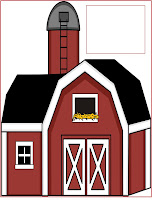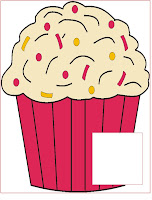Little Red Hen is one of the first stories I like to read with the children in my class. I feel that this story helps children understand how import it is to help one another and how to be a good friend. It also helps with showing children how to create a learning and caring community in their classroom.
Use this song for make the rules in your classroom. It is a fun way to get children’s attention
and to get them involved in what you need them to do.
This is the way to Help (tune: Mulberry Bush)
Written by Kids World Exploration
This is the way we pick-up our toys
Pick-up our toys
Pick-up our toys
This is the way we pick-up our toys
So that we can help and learn
Repeat with these lines and any others that the children came up with
This is the way we wipe up our spills
This is the way we share with our friends
This is the way we take turns
This is the way we stand in line
This is the way we wash hand
This is the way we push in our chair
Take pictures of the children do the things in the song. Place the pictures in a pocket chart with the written description to give the children a visual about what they can do to help.
Set up a dish washing table so that children have to help one another wash and dry the dishes from the dramatic play area. Every one can have their own job to insure that all the dish get cleaned. Children will see and learn how much fun it is to work together.
Another way to get children work together is to set up an art table and have two children work together on one project. They will have to take turns and also collaborate on how they want the project to turn out.
You can find all of these ideas and more in the Little Red Hen Lesson Plan Theme packet on Teachers Pay Teachers for $5.75.
You will also get in the packet
Pocket Chart Story
Word Wall Cards
Bakery Word Wall Cards
Letter Sound Cards (C and H)
2 Flannel Board Stories
Bakery Menu for Dramatic Play
Bakery Bingo Game
Hen Counting Mats
Rhyming Word Game
Hen House Letter Match Mats
Writing Cards
Who Will Help? Early Reader 9 pages
Sample Printable















































